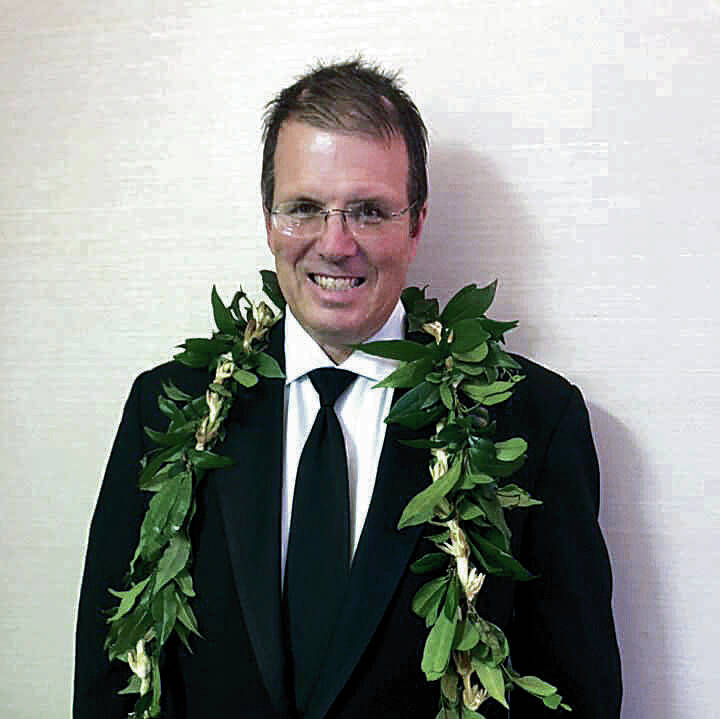There is a fundamental shift happening right before our eyes in how we work, play, socialize, drive, shop, work and learn. It began with the birth of the internet, email and texting. AOL Blackberry phones, Napster, Google, Yahoo and YouTube. Then came web 2.0 with people connecting, socializing and online communities. Myspace, Facebook, LinkedIn, Reddit and Instagram. The rise of and addiction to the iPhone and mobile computing. High-speed internet. Then like throwing gas on a fire, the pandemic struck and the great shift went into warp drive.
Quarantine forced the reluctant to use the Cloud or be left behind. Families returned to the days of spending time together, walking and bicycling. Bikes sold out at Walmart. Kids embraced distance learning. Families ate dinner together and watched movies on Netflix. Some people realized that spending three hours driving and an hour for lunch every day wasn’t for them. Some companies saw this shift was occurring, and downsized their commercial space and transitioned to working in the Cloud using Microsoft 365, Zoom and Google Docs. Home desk sales peaked. The Cloud embraced living on an island and international team members.
The great rural migration began and Hawaii residential real estate boomed. But some quit and the work force shrank. Retail establishments became short-staffed. Salaries increased. Starbucks started offering college tuition and Zippy’s offered $1,000 signing bonuses. Peloton bikes and home exercise emerged. Some felt cooped up and found love online with Tinder. Overnight, grocery stores went self check-out. McDonald’s drive-thru lines circled the building.
Amazon and Walmart surged online and replaced the 25% local retail that closed for good. Retail real estate vacancies hit new highs. Most products became price-driven commodities. Hipsters bought Tesla cars and we saw the birth of self-driving cars. Artificial intelligence selected just the right advertisement for your Google search. Robots took over one of America’s busiest ports in Long Beach, Calif. Uber and Lyft replaced taxis. Hospitals ran out of beds and telemedicine saved the day.
You don’t know it yet, but the peak of car ownership is behind us. It is unlikely to ever return, as every reason to drive has gone into the Cloud — work, play, socialize, love, shop and learn. That’s good news with the average Hawaii household spending 21% of their income on cars. Ridesharing is fast, convenient and cheap. Maybe you will like the rail. Over time, roads will be downsized and replaced with new shared pedestrian paths, bike lanes and shade trees. Garages will be converted into additional dwelling units.
Many will reminisce about the good ole days of driving for years to come, but we need to get ahead of this trend. Large transportation projects easily take five to 15 years, while resurfacing projects can be done in less than a year.
State and county transportation agencies need to begin the transition to building pedestrian infrastructure. They should start with an assessment of long-term road projects. We need more walkable communities like Kakaako, parklets, age-friendly cities, accessibility, disability access, traffic calming, green spaces, urban ecology, “lei of green” expansion plan, a South Shore Beachwalk from Aloha Tower to Diamond Head, green infrastructure, urban infill, complete streets, permeable surfaces, green roofs and a rapid expansion of recreational hiking trails. The future is walking, and it is coming faster than you think.
Chris Dacus recently created the local nonprofit, Hawaii Access to Nature Alliance, to protect and enhance recreational trail access.

